A cosmic monster emerged far sooner than expected.
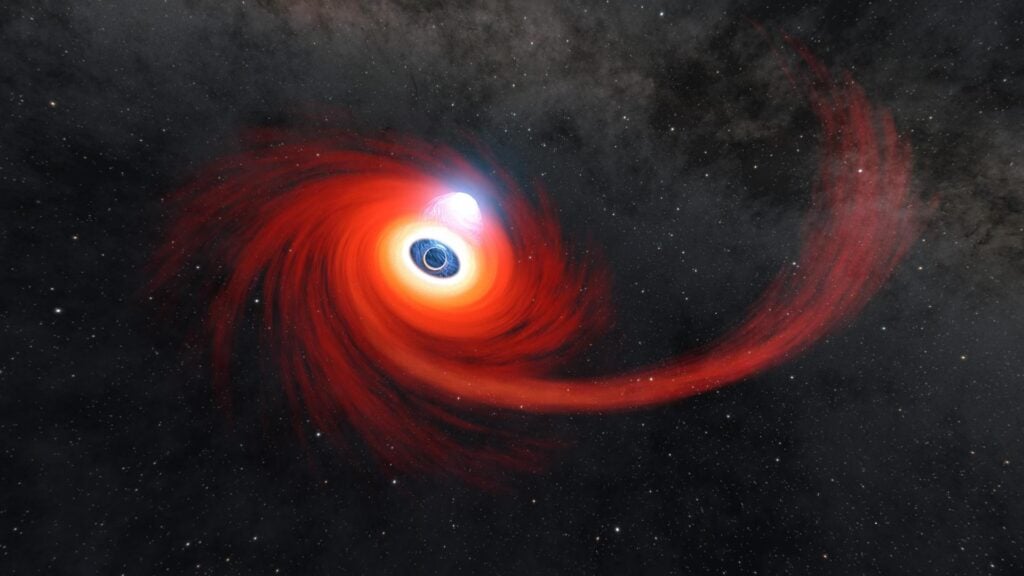
The James Webb Space Telescope has uncovered something extraordinary, an object from just 500 million years after the Big Bang containing a black hole tens of millions of times heavier than our Sun. This entity, tucked inside a faint, compact galaxy, is now the earliest confirmed black hole ever observed. Its sheer size and early appearance defy conventional wisdom, upending theories of cosmic evolution. If black holes weren’t supposed to exist this early, then something fundamental in our models of the universe has been missing all along. Scientists now find themselves staring at a discovery that rewrites the timeline of creation.
1. Astronomers have confirmed the oldest black hole ever.
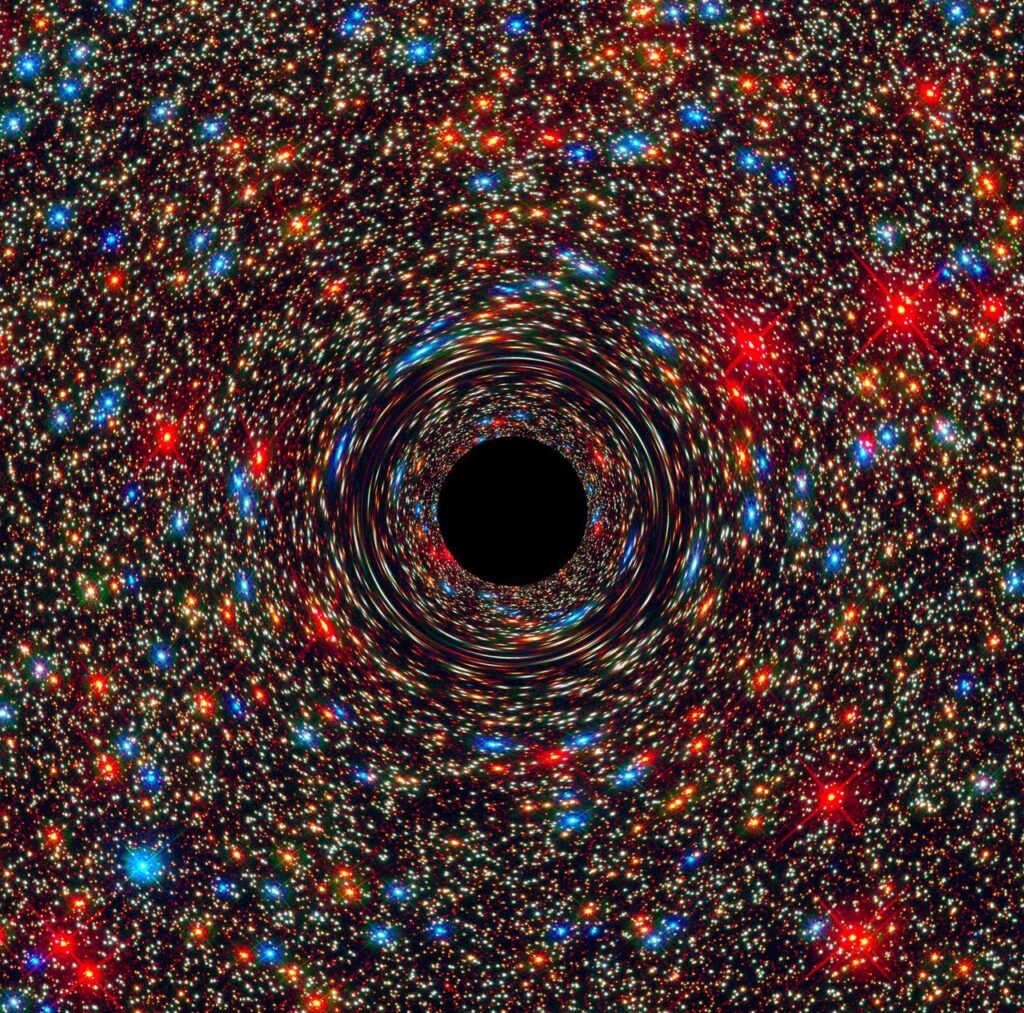
Spectroscopic analysis with Webb has fixed its age at about 13.3 billion years, placing the black hole in the universe’s infancy, according to Phys.org. The measurements confirm that what we are seeing existed only half a billion years after the Big Bang, shattering previous records. This single find forces cosmologists to confront the reality that black holes grew massive much earlier than anyone expected.
2. Its mass is far beyond what models predict.
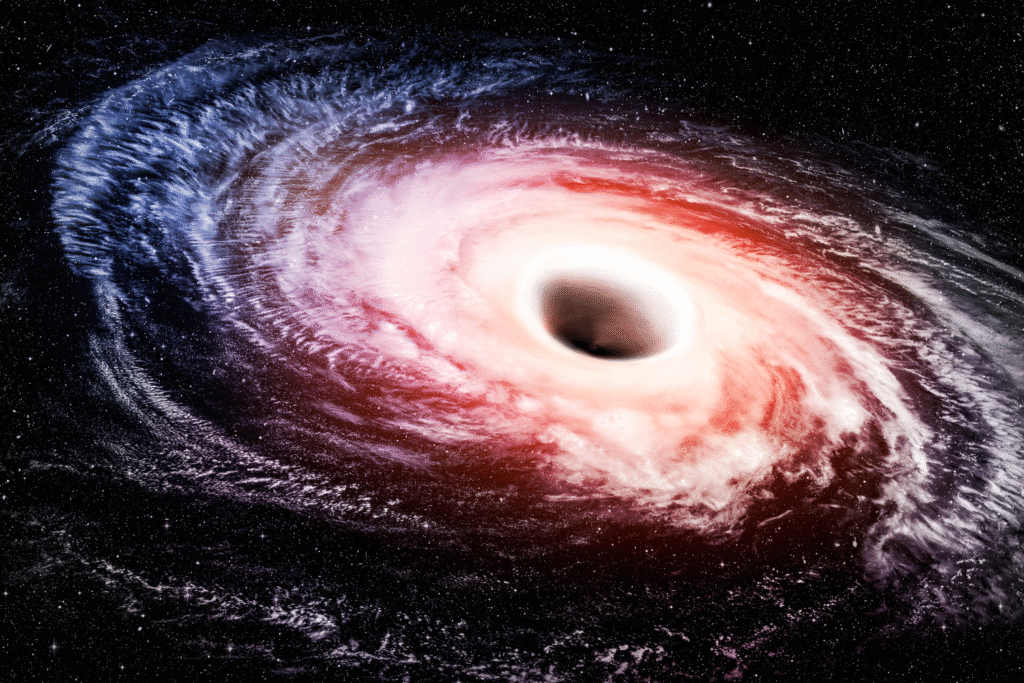
Gravitational data indicates a mass of around 38 million Suns, an absurd figure given the youth of the cosmos, as reported by Science News. If ordinary stellar remnants can’t reach this size so quickly, then some other mechanism must be at work. Either feeding rates were unimaginably efficient or the seed black hole was born much heavier than standard collapse models allow.
3. The host belongs to the strange red galaxy class.
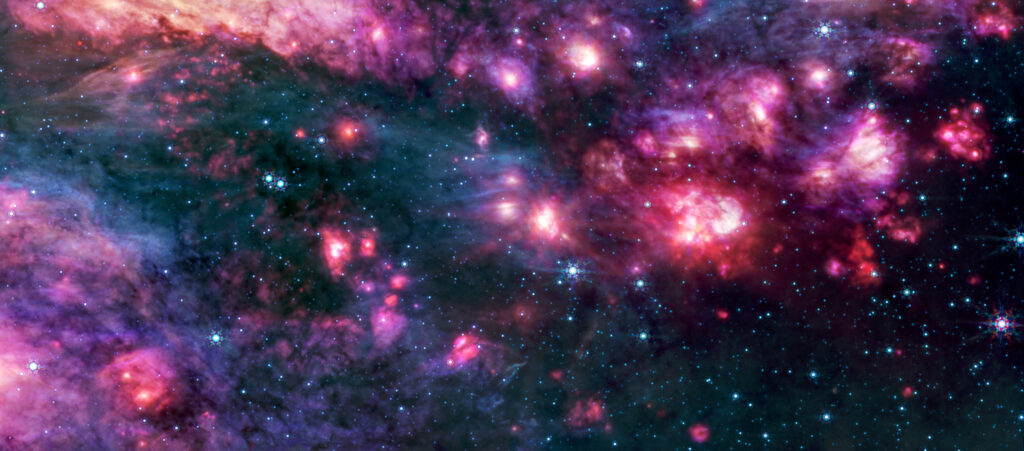
This dim, compact galaxy is one of the so-called “little red dots” Webb keeps revealing at cosmic dawn, as discovered by NASA’s Webb teams. Their light curves hint at engines powered less by starlight and more by furious black hole activity. These objects look like black holes wearing galaxies rather than galaxies nurturing black holes, flipping the order of growth we’ve long assumed.
4. Standard theories of black hole growth collapse under the weight.
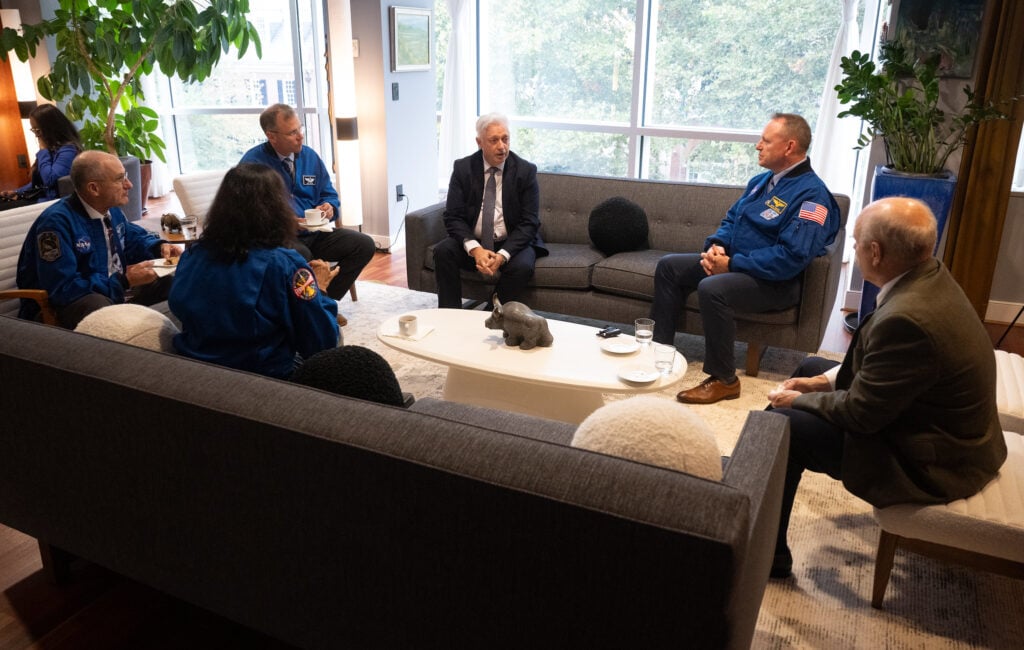
The textbook idea that black holes form small and take billions of years to grow no longer works here. To get so massive so fast, something exotic must have happened—either the direct collapse of giant primordial gas clouds or an altogether different birth channel. This single case puts conventional astrophysics under enormous pressure, exposing cracks in long-standing assumptions.
5. The surrounding galaxy is dim and unfinished.
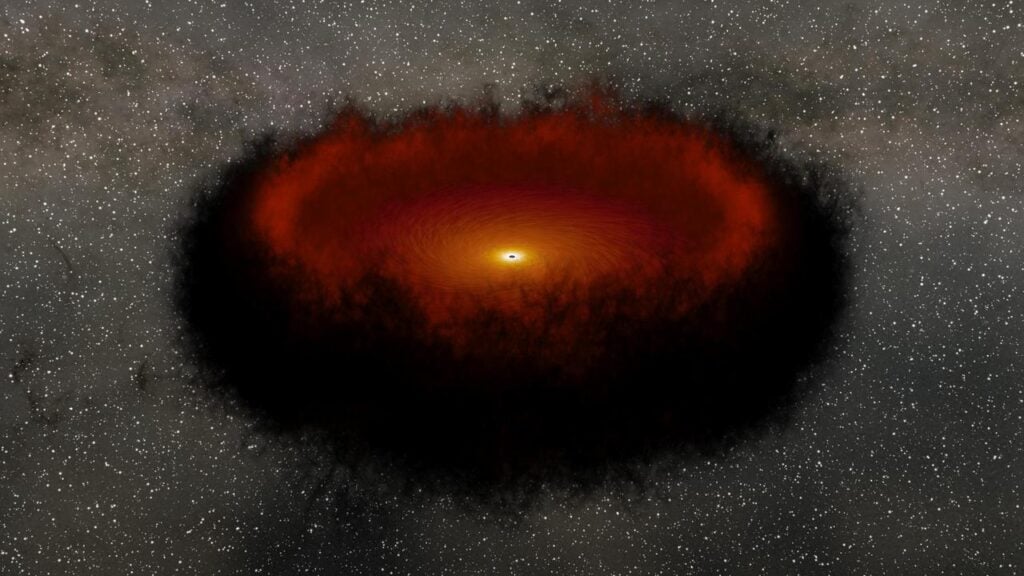
Unlike the dazzling quasars seen later, this system barely glows with stellar light. The black hole dominates while the host remains primitive, a skeleton of a galaxy still in the making. Instead of a black hole growing within a galaxy, here it seems the galaxy itself was pulled into shape around a central gravitational monster, reversing the cosmic script.
6. Radiation signals reveal violent and chaotic feeding.
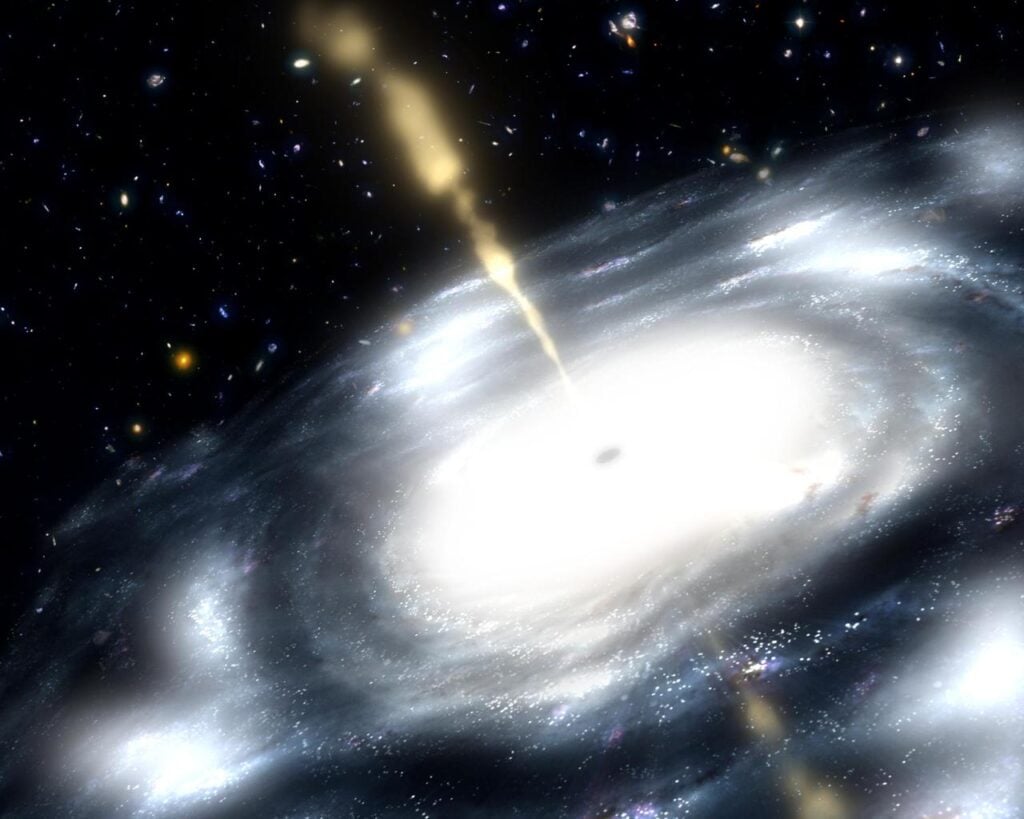
Spectral lines point to gas being ionized and blown outward at blistering speeds. The only engine powerful enough to drive those outflows is a rapidly accreting black hole. The violence in these signatures shows that feedback—jets and winds regulating star formation—was already at work when the universe was still in its opening act.
7. Exotic formation paths are now on the table.
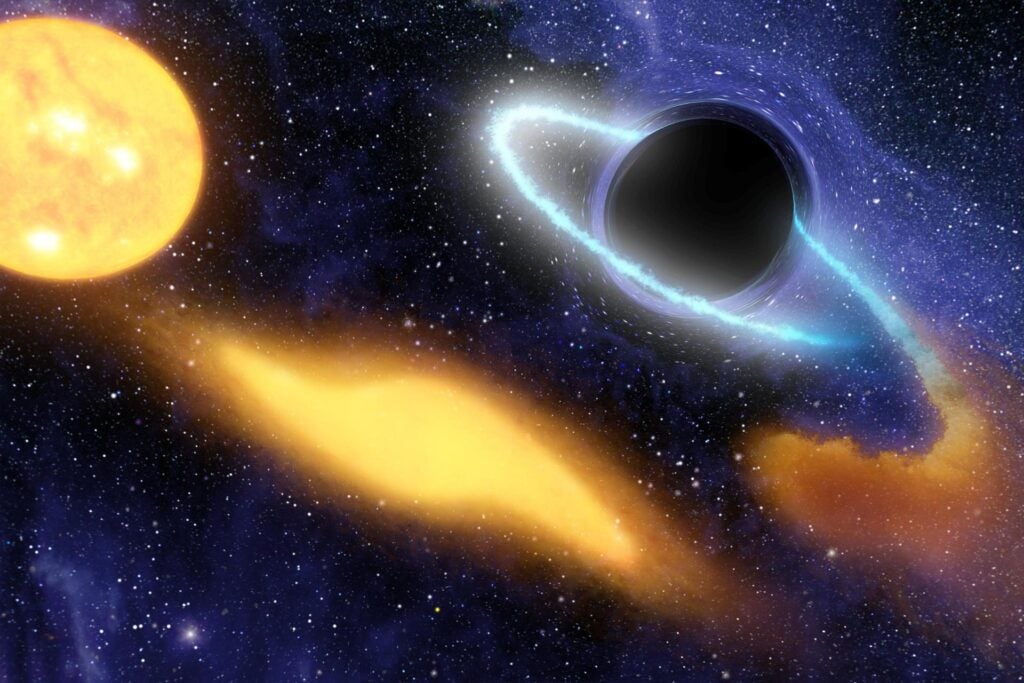
Ideas once relegated to speculation are suddenly front and center. Theories of direct collapse, where massive gas clouds implode into black holes tens of thousands of Suns wide, suddenly feel plausible. Others whisper of primordial black holes, relics from the Big Bang itself. Whatever the case, traditional step-by-step growth looks insufficient to explain what we are seeing.
8. Observatories are preparing to push the evidence further.
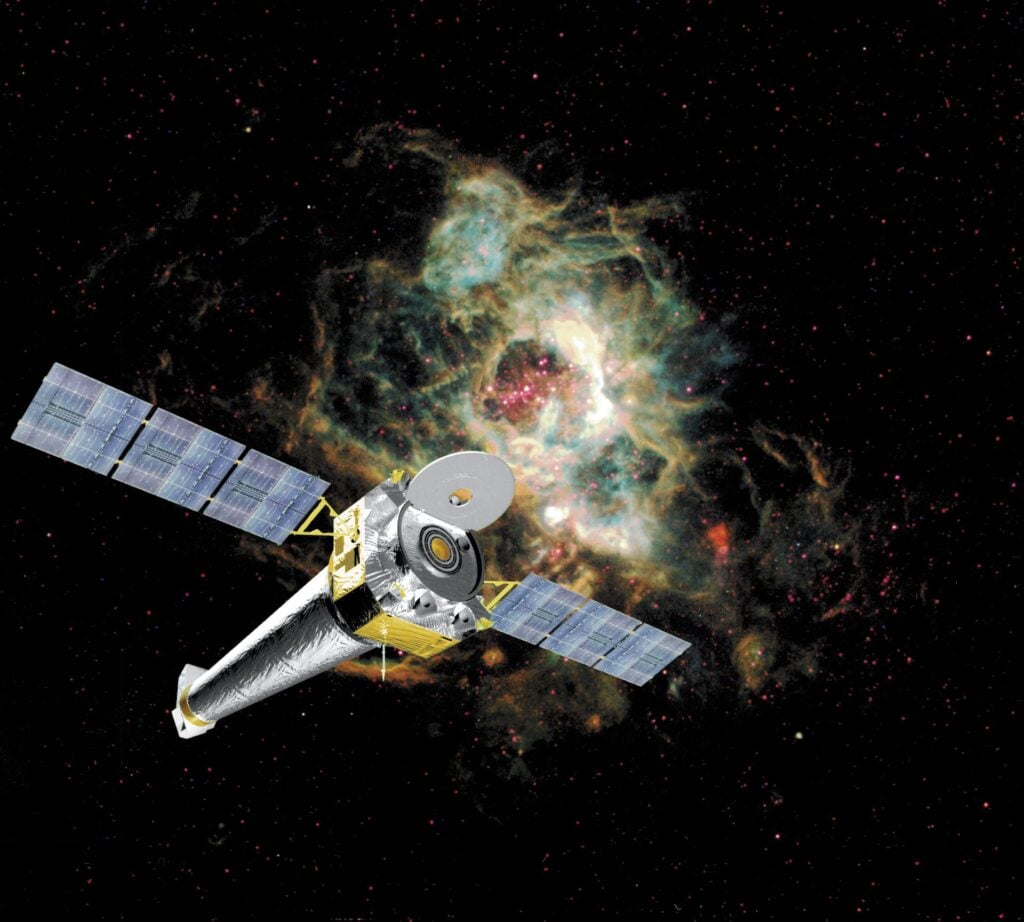
X-ray missions and long-baseline monitoring will be used to probe deeper into the object’s behavior. Accretion signatures could confirm its feeding intensity, while variations in brightness may reveal the telltale flicker of a black hole’s hunger. Webb has opened the door, but the full anatomy of this cosmic giant remains to be dissected.
9. The discovery reorders the cosmic timeline completely.
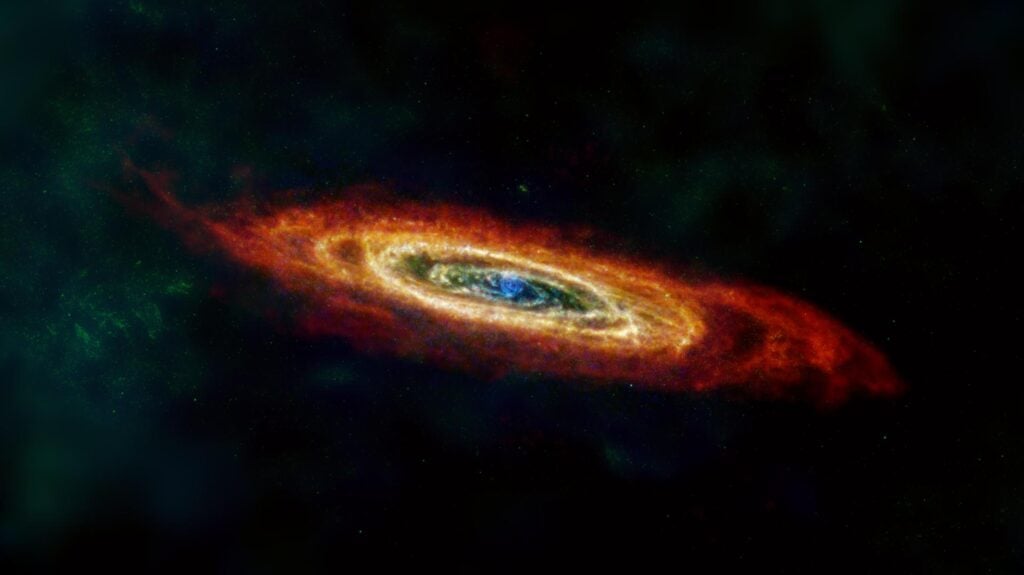
Instead of galaxies first and black holes later, the evidence suggests massive black holes could have formed first, dictating the assembly of their host galaxies. That reversal shakes the framework of galaxy formation models. It’s not just a tweak to the timeline—it’s an inversion of cause and effect at the very dawn of structure in the universe.
10. The mystery deepens as more candidates emerge.
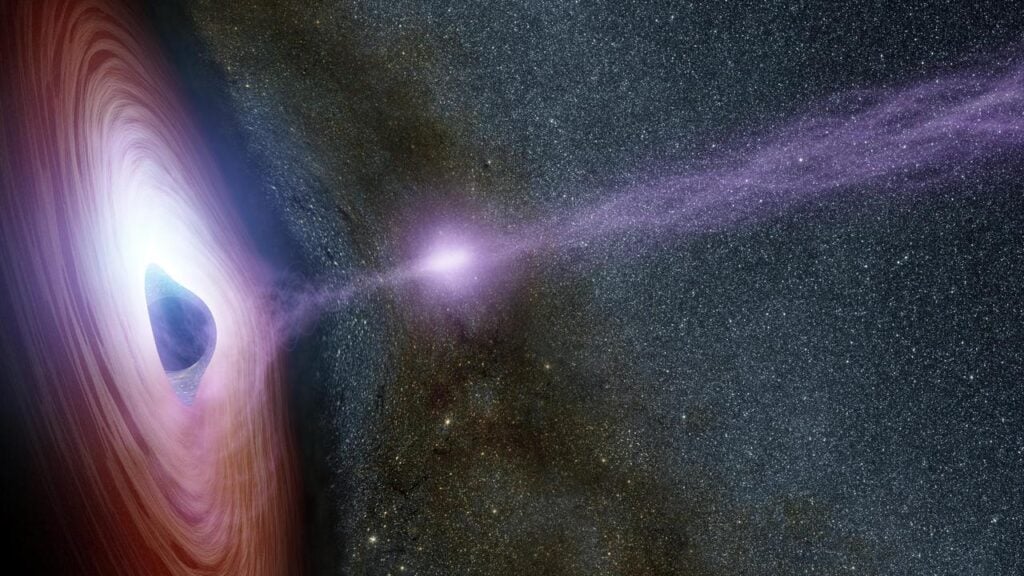
What makes this case more unsettling is that it may not be unique. Webb continues to detect more compact, red, high-energy sources scattered across the early universe. Each one could harbor a similar anomaly, waiting to be confirmed. If multiple giants like this existed so early, then the early cosmos was far stranger, faster, and more violent than any theory has yet dared to admit.
